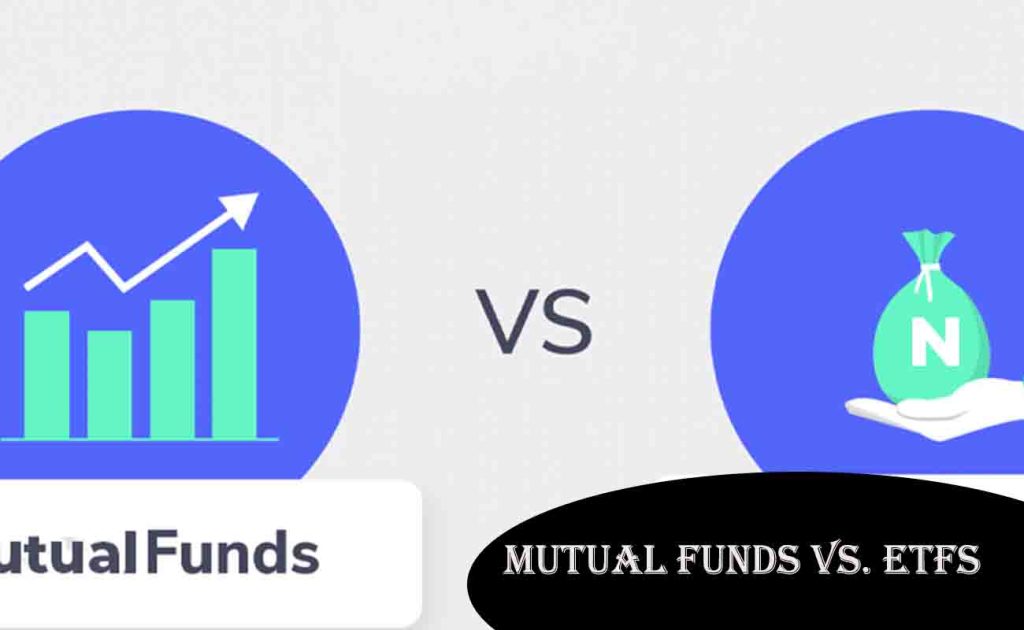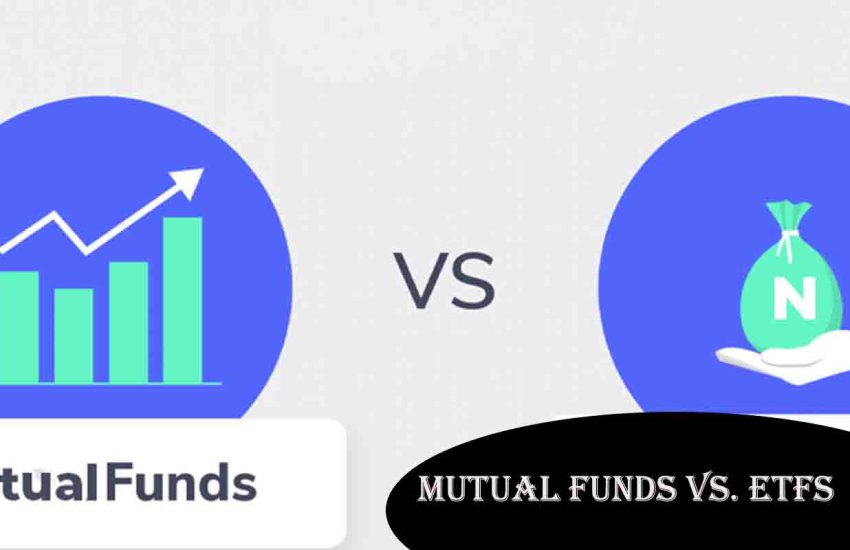Investing can feel like standing at a crossroads, especially when choosing between mutual funds and exchange-traded funds (ETFs). Both are popular vehicles for building wealth, offering instant diversification and professional management—or low-cost market exposure.

But they’re not twins; they’re more like cousins with distinct personalities. As of March 2025, with markets shifting and options expanding, picking the right one for your goals is key. So, what sets them apart, and how do you decide which fits your financial journey?
What Are Mutual Funds?
Mutual funds pool money from many investors to buy a diversified portfolio of stocks, bonds, or other assets. They’re typically actively managed, meaning a fund manager makes decisions to beat the market, though some track indexes passively.
You buy or sell shares at the end of the trading day based on the fund’s net asset value (NAV). With over $20 trillion in U.S. mutual fund assets, they’re a time-tested choice for retirement accounts like 401(k)s, offering simplicity and variety.
What Are ETFs?
Exchange-traded funds also pool investments but trade like stocks on an exchange, giving you flexibility to buy or sell anytime during market hours. Most ETFs are passively managed, tracking indexes like the S&P 500, though active ETFs are growing. Since their debut in the 1990s, ETFs have exploded in popularity—by 2025, they hold nearly $10 trillion in the U.S. alone—thanks to their low costs and real-time pricing.
Pros and Cons: Costs, Flexibility, and Performance
Here’s how they stack up:
- Costs: Mutual funds often carry higher expense ratios (e.g., 0.5%-1% annually) due to active management, plus potential sales loads. ETFs shine with lower fees—many index ETFs charge as little as 0.03%-0.10%—making them a darling of cost-conscious investors.
- Flexibility: ETFs win here. You can trade them all day, use limit orders, or even short them. Mutual funds? You’re locked into the day-end NAV, no intraday moves.
- Performance: Active mutual funds aim to outperform, but most lag their benchmarks after fees. ETFs, tied to indexes, deliver market returns—reliable, if not spectacular.
For example, a $10,000 investment in a mutual fund with a 1% expense ratio loses $100 yearly to fees; an ETF at 0.05% costs just $5. Over 20 years at 7% growth, that fee gap could mean thousands more in your pocket with the ETF.
Choosing Based on Goals and Risk Tolerance
Your pick depends on what you’re after:
- Long-Term Growth: A low-cost ETF tracking a broad index suits hands-off investors saving for retirement.
- Active Strategy: If you believe in a manager’s ability to beat the market (say, in small-cap stocks), a mutual fund might appeal.
- Small Investments: Mutual funds often have higher minimums ($1,000+), while ETFs let you start with one share—perfect for beginners.
- Risk Comfort: ETFs’ transparency and liquidity appeal to risk-takers; mutual funds’ stability suits the cautious.
The Bottom Line
Mutual funds and ETFs aren’t rivals—they’re tools for different jobs. If you value low costs, flexibility, and simplicity, ETFs might be your go-to. If you’re after expert management and don’t mind higher fees, mutual funds could fit the bill.
In 2025’s dynamic market, blending both might even make sense: an ETF for core exposure, a mutual fund for niche growth. Assess your goals, timeline, and budget, then choose—or mix—the option that aligns with your vision. Investing isn’t one-size-fits-all, and that’s the beauty of having choices.
